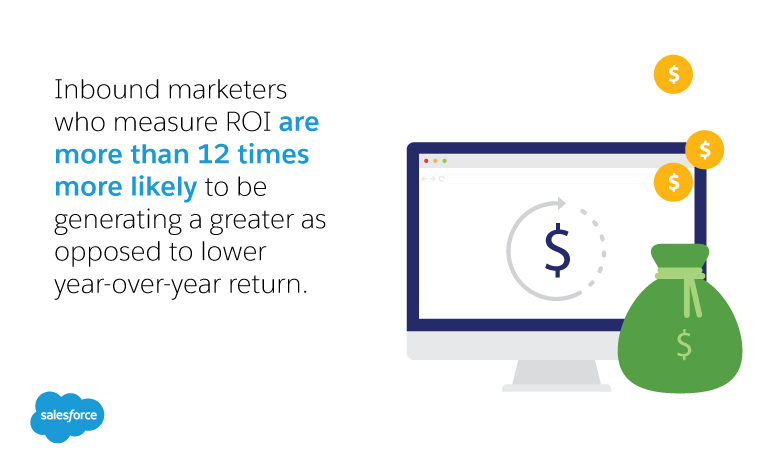growth strategy
Refining Your Growth Strategy with Data

Identify Your Value Proposition
In today’s competitive business arena, you need to understand what your small business has to offer, in terms of a product or service. What is it that sets you apart from the competition? Start by asking yourself what makes your business unique, relevant, and credible. If you can’t answer that question for yourself, you can bet that your potential customers won’t know why they should trust their business to you either. Once you establish what your value proposition is—that special benefit that only your business can provide—you will have discovered the one critical, organic growth strategy on which to build everything else.
If your value proposition is service-centred, focus on making that service better for the customer. If it’s cantered on a unique product, then your product-growth strategy should be focused on making that product even better. When you’ve got a quality product, you can focus with confidence on a growth-strategy market penetration plan to get your unique product in front of more potential customers.
Know Your Target Audience
You started your company because you saw a unique solution to a problem. But that problem generally relates to a certain audience, and that’s the audience you want to focus your marketing efforts on. To formulate an effective growth-strategy in marketing, it’s critical to identify exactly who that target audience is, and who among that audience is your ideal customer. Armed with this information you can better adjust your business in ways that will stimulate steady growth. For example, developing new products to better serve new and existing customers is a powerful growth strategy that can only come from knowing who your customers really are, and what they are looking for.
Once you’ve identified your target audience, the next step is to provide them with something of value. Of course, the product or service that you offer should fit this description. Many potential clients will hesitate to commit to a purchase before experiencing that value for themselves. Businesses that engage in content marketing, where high-quality, useful content is shared via digital channels free of charge often find that the goodwill generated leads directly to increased sales. According to study by Demand Gen, 66% of buyers agreed that the winning vendor provided higher-quality content, and 63% said the winning vendor’s content was more conducive to building a business case for the purchase.

Critically Evaluate Your Revenue Streams

Leverage Growth Strategy Analysis
Once put into place, growth strategies must be analysed to determine their effectiveness in building long-term business growth. When changes are implemented to stimulate growth, those changes must be measured for effectiveness. Through the analysis process, key indicators can be identified that are affecting the growth of the business. Thus, entrepreneurs can focus their time, energy, and money on the strategies that are working to build their businesses, while eliminating those that aren’t.
Another important aspect of growth strategy analysis is figuring out what the competition is doing to grow their businesses. Identifying the new and unique ways that businesses like yours are growing can help you to better strategise your own plans for growth—to not just keep up with, but to outperform, the competition.
Practice Growth Strategy Management
While Franklin’s advice, “If you fail to plan, you are planning to fail,” readily applies to small business entrepreneurs, another caveat is just as crucial: if you fail to manage your growth strategy on an ongoing basis, your business will probably not live to see its five-year anniversary. Once implemented, long-term growth strategies must be managed, monitored, tweaked, and revised to produce not just long-term survival, but increased growth and profitability.


